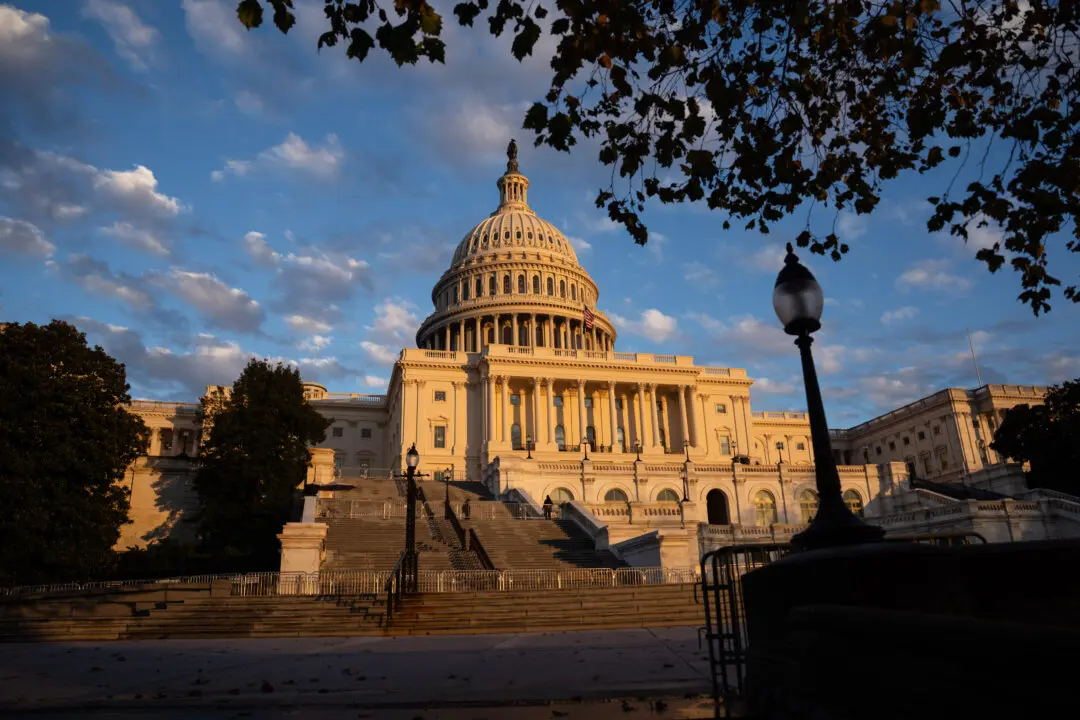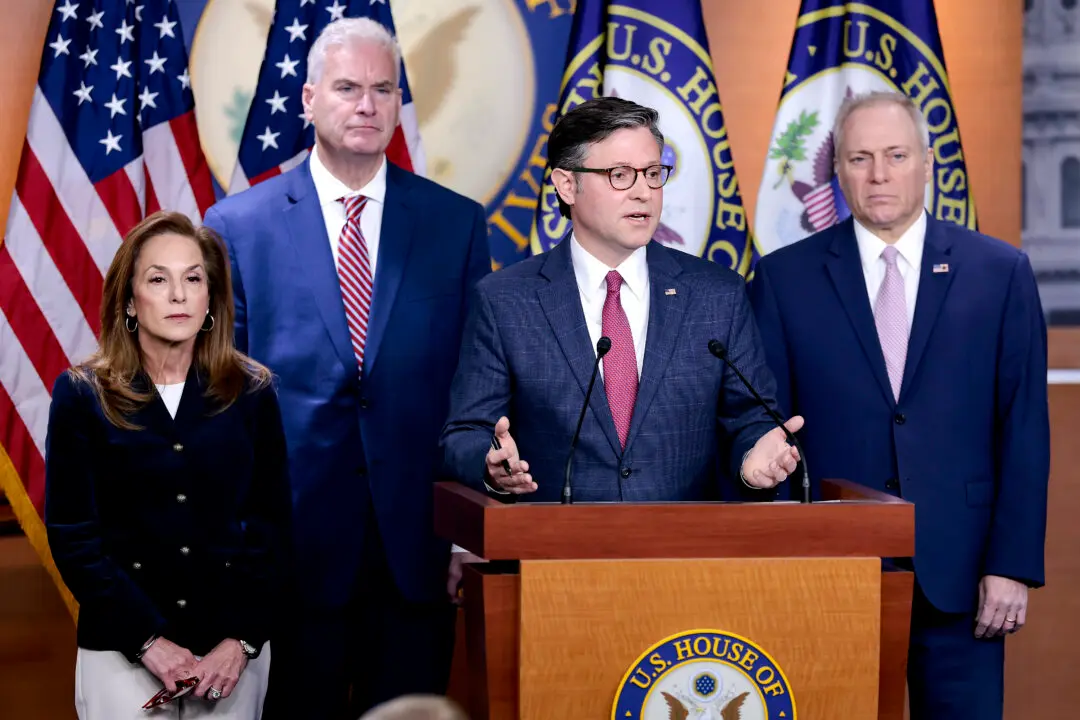Treasury Secretary Janet Yellen offered senators no assurance that a Republican plan to prioritize payment of the nation’s bills to avoid default could be achieved due to the size and complexity of the government’s payment operation.
“There is a reason that Treasury secretaries of both parties have rejected this incredibly risky and dangerous idea, and it’s never been tried before. I cannot give any assurances about the technical feasibility of such a plan,” Yellen told the Senate Finance Committee on March 16.





